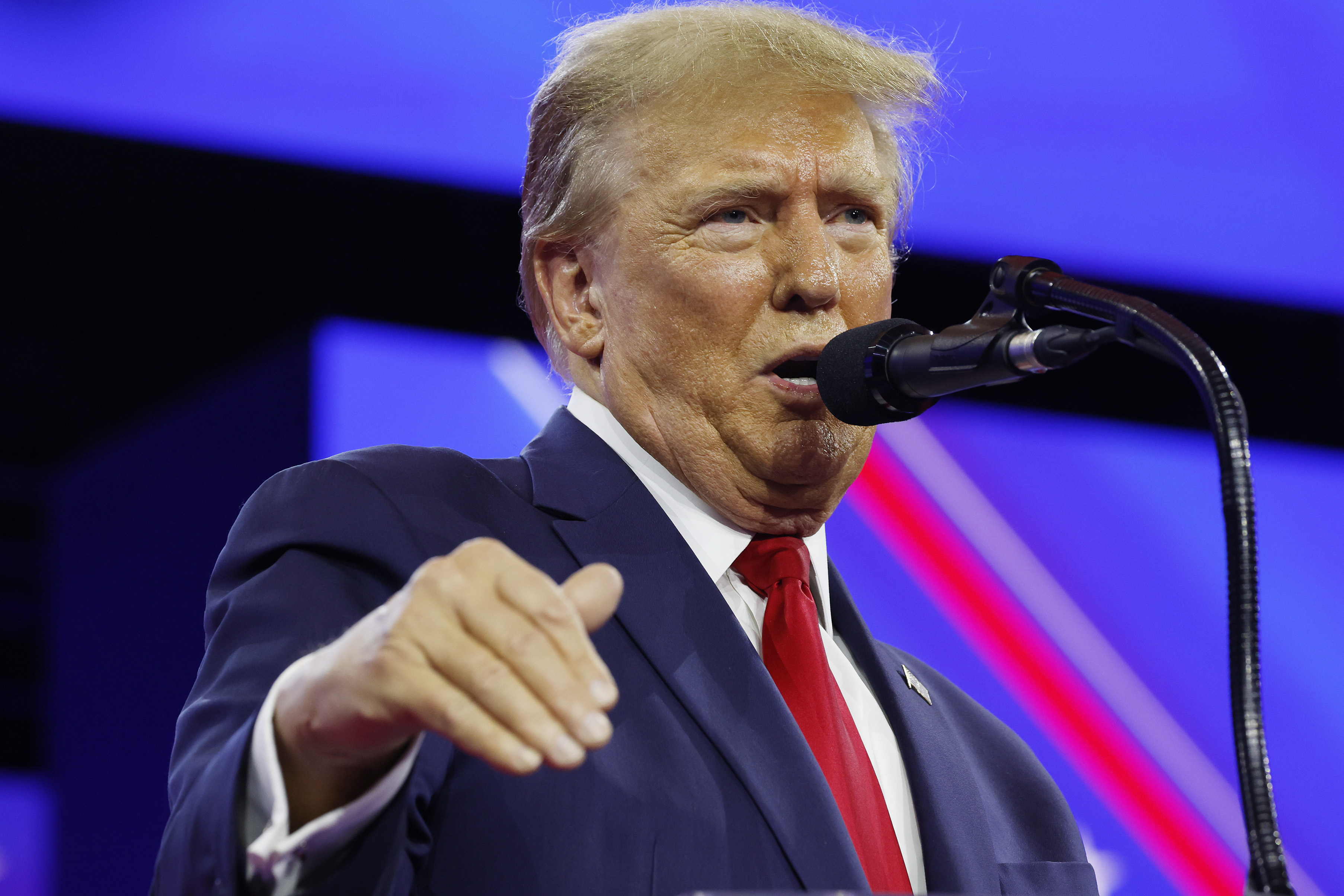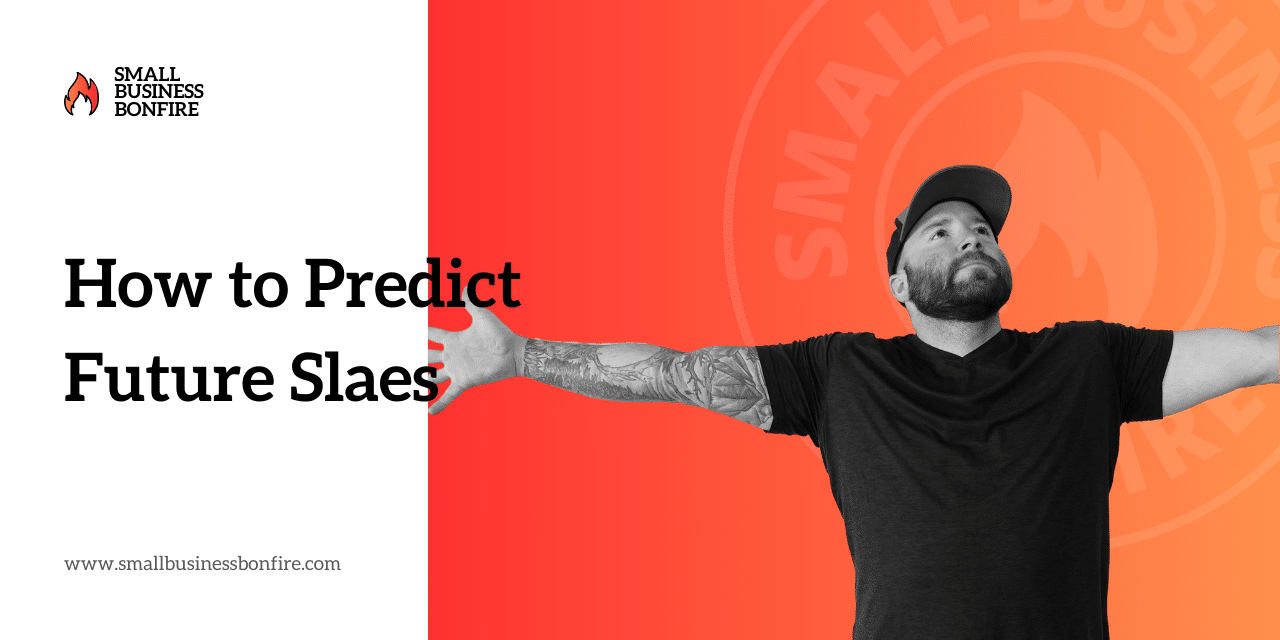Will the Federal Reserve cut interest rates in 2024?

Economist Peter Morici reacts to the Fed signaling that it could cut interest rates three times in 2024, on ‘Varney & Co.’
The Federal Reserve is set to begin the New Year after it signaled that a momentous shift in monetary policy is underway amid signs that high inflation is finally beginning to ease.
During their final meeting of the year earlier in December, central bank policymakers signaled that a nearly two-year battle against inflation is finally coming to an end in a long-awaited policy pivot. In addition to holding rates steady for the third straight month, Fed officials forecast a series of interest rate cuts in 2024 as inflation falls faster than expected.
“We are seeing strong growth that appears to be moderating, we’re seeing a labor market that is coming back into balance by so many measures, and we’re seeing inflation making real progress,” Chair Jerome Powell told reporters after the meeting. “These are the things we’ve been wanting to see. We still have a ways to go. No one is declaring victory. That would be premature, and we can’t be guaranteed of this progress.”
New quarterly economic projections laid out after the meeting show that a majority of Federal Open Market Committee officials expect rates to fall to 4.6% by the end of 2024, suggesting that there will be at least three quarter-point rate cuts next year. Policymakers also penciled in additional rate cuts in 2025 and 2026.
FED’S FIGHT AGAINST INFLATION IS WEIGHING ON MIDDLE-CLASS AMERICANS
But traders are betting on even more aggressive rate cuts, starting as early as March, despite recent efforts by Fed policymakers to temper expectations. About 88% of investors are currently pricing in at least a quarter-point cut in March, according to the CME Group’s FedWatch tool, which tracks trading.
“We entered 2023 worried about inflation and how many more times the Fed was going to raise rates,” said Chris Zaccarelli, chief investment officer for Independent Advisor Alliance. “But we are ending 2023 surprised at how low inflation has come down — especially as unemployment has remained so low — and are wondering how many times the Fed will cut.”
US ECONOMY ADDS 199,000 JOBS IN NOVEMBER, UNEMPLOYMENT RATE UNEXPECTEDLY FALLS
The Labor Department reported on Friday that personal consumption expenditures — the Fed’s preferred measure of inflation — fell 0.1% in November and rose just 2.6% on an annual basis, the lowest rate since early 2021.
In another sign the Fed’s fight against inflation is making progress, core prices, which strip out the more volatile measurements of food and energy, climbed 0.1% from the previous month and 3.2% from the previous year.
| Ticker | Security | Last | Change | Change % |
|---|---|---|---|---|
| I:DJI | DOW JONES AVERAGES | 37689.54 | -20.56 | -0.05% |
| I:COMP | NASDAQ COMPOSITE INDEX | 15011.352434 | -83.78 | -0.56% |
| SP500 | S&P 500 | 4769.83 | -13.52 | -0.28% |
If inflation continues to fall faster than expected, the Fed may move more aggressively to cut rates next year, experts say.
“The cooler-than-expected PCE inflation readings pave the way for Fed rate cuts in 2024 — the question is the timing and depth,” said Kathy Bostjancic, Nationwide chief economist. “We remain of the view that continued disinflation will continue, but we think the Fed will wait until May to start cutting rates.”
Nationwide is forecasting a “sizable” reduction in the federal funds rate of about 125 basis points, or five quarter-point rate cuts.

Federal Reserve Chairman Jerome Powell speaks during a news conference following a Federal Open Market Committee meeting in Washington, D.C., on March 22. (Al Drago/Bloomberg via Getty Images / Getty Images)
GET FOX BUSINESS ON THE GO BY CLICKING HERE
Hiking interest rates tends to create higher rates on consumer and business loans, which then slows the economy by forcing employers to cut back on spending. Higher rates helped push the average rate on 30-year mortgages above 8% earlier this year for the first time in decades. Borrowing costs for everything from home equity lines of credit, auto loans and credit cards have also spiked.
In the span of just 16 months, interest rates surged from near zero to above 5%, the fastest pace of tightening since the 1980s.
While inflation has cooled considerably in recent months, it remains up 3% compared with the same time a year ago, according to the most recent Labor Department data. Even with the recent declines, Americans continue to pay more for a number of necessities including food, medical care and rent.
Yet the rapid rise in rates has not stopped consumers from spending or businesses from hiring.
The labor market is continuing to chug along at a healthy pace, with employers adding 199,000 new workers in November. Job openings remain high, and the unemployment rate recently fell to 3.7% from 3.9%.







